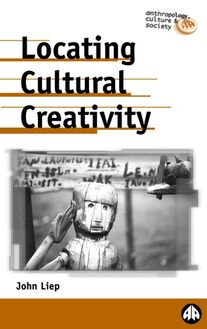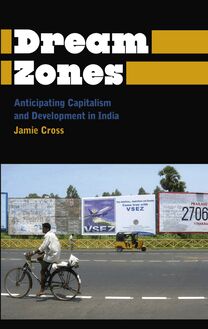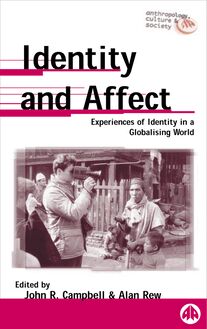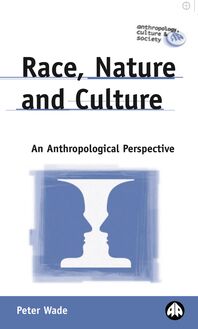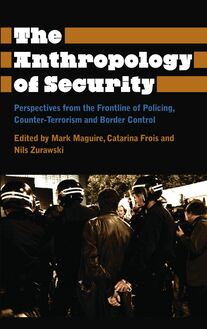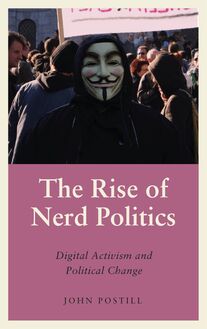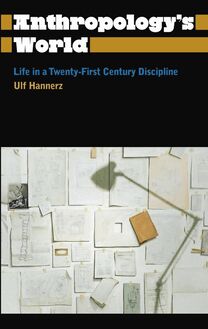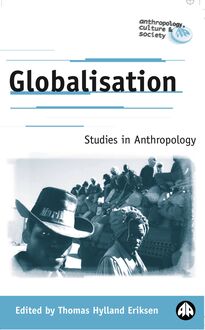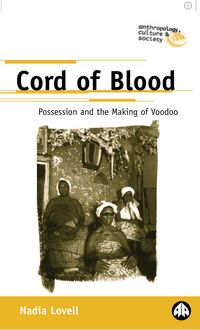Cord of Blood , livre ebook
157
pages
English
Ebooks
2002
Obtenez un accès à la bibliothèque pour le consulter en ligne En savoir plus
Découvre YouScribe en t'inscrivant gratuitement
Découvre YouScribe en t'inscrivant gratuitement
157
pages
English
Ebooks
2002
Obtenez un accès à la bibliothèque pour le consulter en ligne En savoir plus
Publié par
Date de parution
20 novembre 2002
Nombre de lectures
2
EAN13
9781849641296
Langue
English
Using this detailed ethnographic study as a point of departure she offers a fascinating insight into the complex interplay between religion, gender, ethnography and globalisation.
Lovell argues that the relationship of men and women to the Vodhun is one of mutual dependency: on the one hand human beings will gods to exist; on the other hand, gods embody themselves in human beings, especially women, through possession. Possession, according to Lovell, implies not only affliction, but the manifestation of creative potential through which women can express multiple identities -- a process through which concepts of gender are both confirmed and dismantled.
Looking in particular at the role of the devotees, Lovell presents an enticing account which offers an important contribution to the study of religion, gender and society.
1. Introduction
2. Book and Place, Persons and Gods
3. Making Gods, Knowing Gods
4. Grounding Vodhun, Untying Gender
5. Healing Modernities, Engendering Difference
Bibliography
Index
Publié par
Date de parution
20 novembre 2002
Nombre de lectures
2
EAN13
9781849641296
Langue
English
